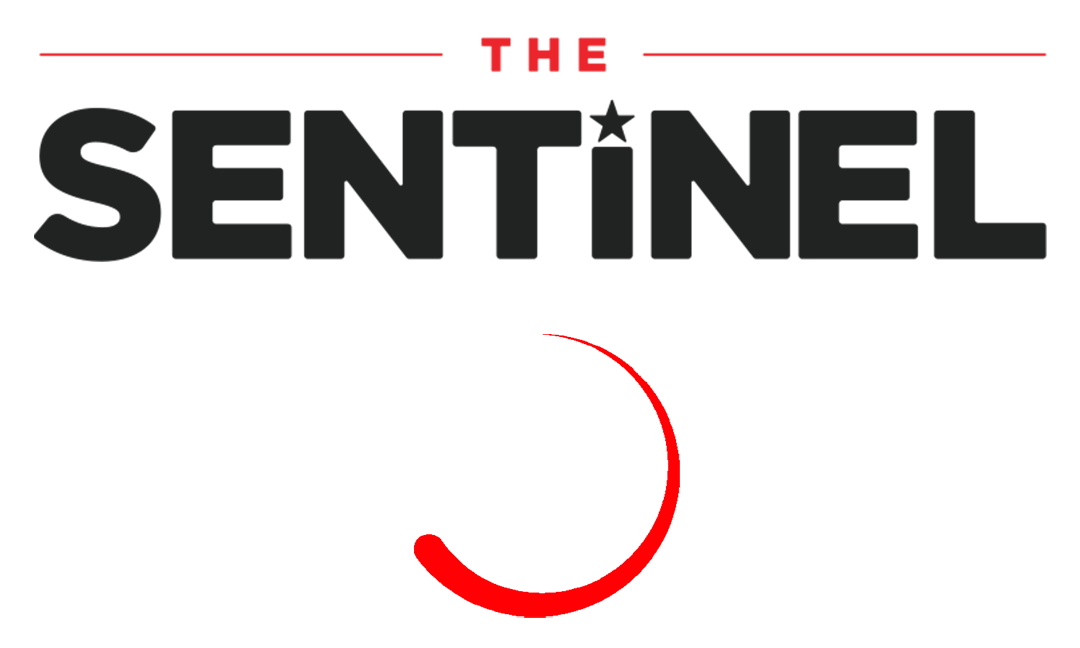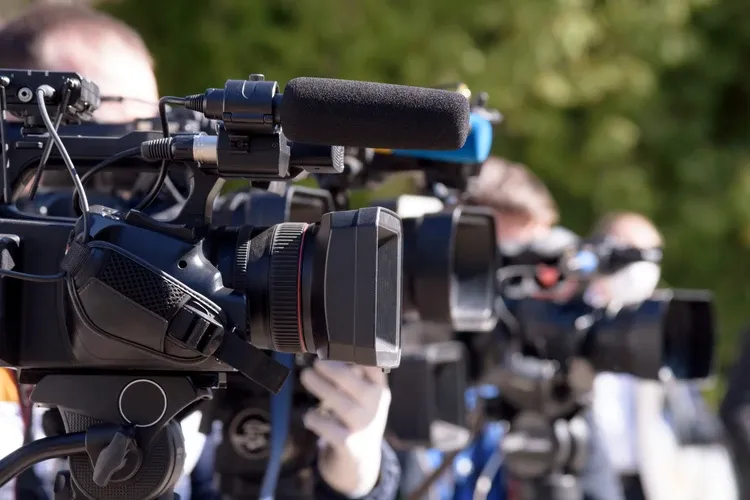PEN America, an organization that claims to be committed to free expression, released a “report” this week casting a false narrative about “educational intimidation” that has been swallowed hook, line, and sinker by the legacy media.
PEN America claims in the report that there has been a scary spread of legislation in the past few years to “intimidate” educators, librarians, and government school employees “with threats of punishment.” Cleverly and very carefully, they confront the issue of LGBT content within books, but they manipulate the argument to instead take aim at parents who are pushing back against pornographic content that they simply do not want accessible to their children.
“A growing subset of educational intimidation bills aims to restrict LGBTQ+ representation and expression in public schools in particular, by discouraging discussions of gender and sexuality, banning preferred pronoun use, and instilling mandatory reporting mechanisms for parents to be alerted of perceived changes to students’ gender identity or sexual orientation. This places pressure on educators to monitor and police students’ expression.”
In one portion of their research, however, they clearly say that state-level bills to expand parental rights within government schools do not constitute direct censorship, but rather will allow parents to have more of a say in what happens inside school classrooms.
“These educational intimidation bills do not constitute direct forms of censorship or curricular prohibitions. But they facilitate the conditions for a chilled climate in public education by radically expanding avenues for parents, government officials, and citizens to intervene in curricular and extracurricular decisions in public K–12 schools.”
Most of the “educational intimidation bills” merely seek to put sensible guardrails around material that teachers can distribute and discussions they feel entitled to have with minors. But the legacy media knows that a provocative headline or catchphrase will catch fire and grab the attention of the reader, and that the reader will likely do no legislative research of their own.
Watch how the media dishonestly covered the report, taking PEN at their word that the bills are meant to “intimidate” educators while engaging minimally with the reason concerned parents actually want these bills to pass. The Hill ran an article with the headline “PEN America warns of a growing wave of ‘education intimidation’ bills,” while CNN informed readers that a “New report finds rise in parental rights education bills has a ‘chilling effect.’” Axios likewise framed the matter with a headline saying “Education ‘intimidation’ bills have skyrocketed.”
We saw how effective the media’s word spin was with the cunningly crafted “don't say gay” slogan, which forever framed discussions about a law in Florida that in no way mirrored the propagandist depiction. In this way, the mainstream news outlets are accomplices in the propaganda wars: they leverage falsely framed narratives to disseminate partial truths.
Rather than disclose the precise content of the bills and ask why they were drafted in the first place, PEN has gathered the numbers from all legislation surrounding places of education and slapped a label on them: “intimidation.” In the process, PEN becomes identical twins with the very subset of people who they insist are fomenting anxiety within the hearts of educators.
And for their part, the media continues to carry water for the portrayal of all concerned parents as agents of terror bringing nothing but undo trepidation to government employees. This continued lack of factual and contextual coverage shines a bright light on the necessity for honest journalism, in a day and age where headlines are the extent of what people read.




